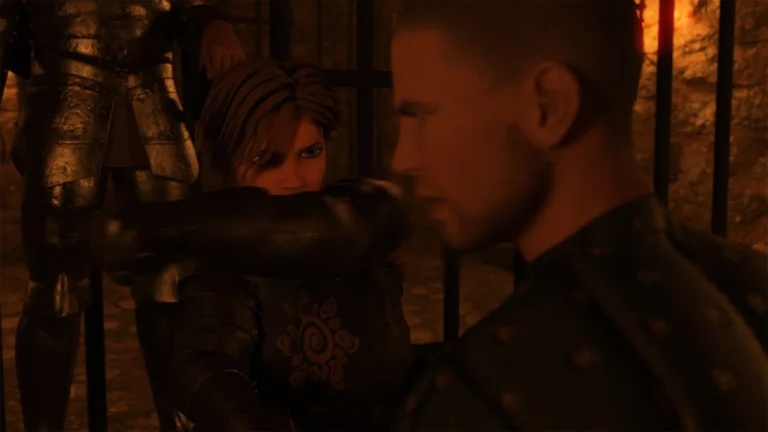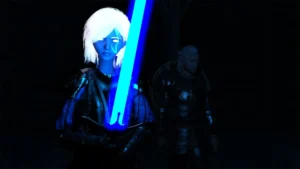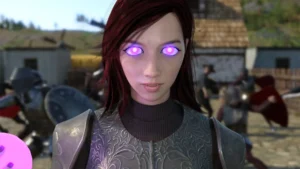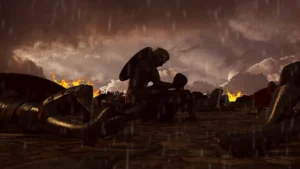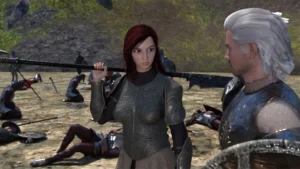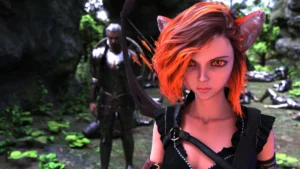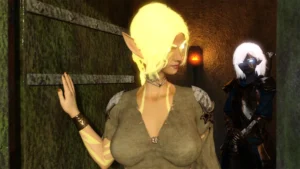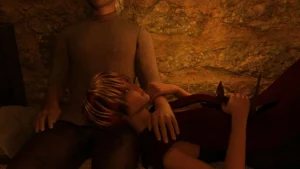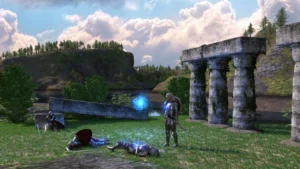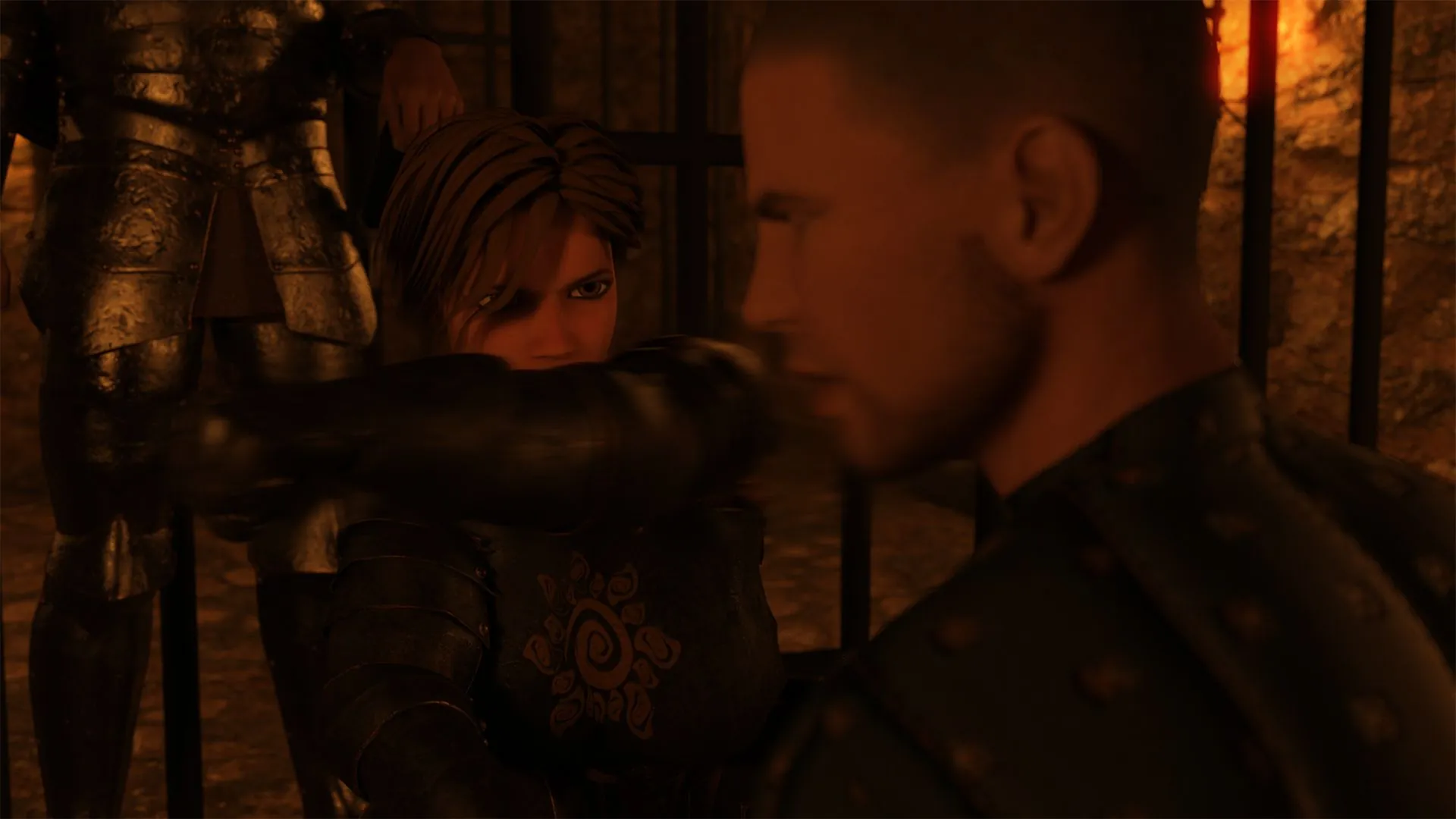
Play After the Inferno
After the Inferno review
Exploring the Story, Gameplay, and Unique Features of After the Inferno
After the Inferno is a captivating visual novel that blends fantasy, romance, and adventure in a richly crafted medieval world. This game stands out with its engaging storytelling, beautifully animated scenes, and a mix of both immersive and lighthearted moments. Whether you’re drawn to its deep plot or the dynamic character interactions, After the Inferno offers a unique experience that keeps players hooked. In this article, we’ll explore the game’s core aspects, from its narrative and gameplay to its artistic style and player reception.
Unpacking the Story and Characters of After the Inferno
Stepping into the world of After the Inferno is like opening a beautifully illustrated history book where your choices write the next chapter. 🏰 This isn’t just another game; it’s an emotional journey set against a backdrop of clashing steel and fragile hearts. The After the Inferno story masterfully weaves personal ambition with the heavy weight of duty, creating a medieval visual novel plot that feels both epic and intimately personal. I remember starting my first playthrough, expecting a simple tale of good versus evil, and was completely swept away by the complex moral dilemmas and deep character connections that unfolded.
If you’re looking for a narrative that will make you care, that will force you to pause and really think about your decisions, you’ve found it. Let’s pull up a chair in the great hall and delve into the people and passions that make this experience so unforgettable. ✨
Who is Devran? The Royal Knight’s Journey
So, who is the man at the center of this storm? The question “who is Devran in After the Inferno” is the key that unlocks the entire narrative. 🗝️ Devran is not just a generic hero; he is a Royal Knight, defined by his unshakable courage and a natural talent for leadership that inspires those around him. When you first meet him, he is the embodiment of knightly virtue, a pillar of strength for his kingdom. But this After the Inferno story is brilliant because it doesn’t let him stay on that pedestal.
A true Devran character analysis reveals a man grappling with the immense burden of command. I found myself genuinely stressed during key decision points, feeling the weight he must carry. Do you send weary soldiers on a risky night patrol, or risk an ambush by letting them rest? Do you uphold the strict letter of military law, or show mercy based on the circumstances? These aren’t abstract choices; they feel like they have real consequences for the people under his care. His journey is one of transformation, from a knight who follows orders to a leader who must create them, all while navigating the personal attachments that threaten to complicate his duty. His character is the anchor of the medieval visual novel plot, and your journey with him is profoundly engaging.
To help keep track of the key players you’ll meet in the castle halls and on the battlefield, here’s a quick overview:
| Character | Role | Key Relationship |
|---|---|---|
| Devran | Royal Knight & Protagonist | The central figure; leader striving to balance duty and heart |
| Emmy | Leader of the Girl Warriors | Rival, ally, and potential romantic interest to Devran |
| Kaelen | Veteran Sergeant | Devran’s trusted, often wary, second-in-command |
| Liana | Court Diplomat | Represents the political intrigue and softer power within the kingdom |
The Role of Emmy and the Girl Warriors
Just when Devran thinks he understands the rules of war and command, the game introduces a fantastic disruptive force: the Emmy girl warriors. 💥 Led by the fiercely capable Emmy, this group of female fighters shatters the traditional expectations of their world. I have to admit, their introduction was my favorite part of the early game. It’s not just about adding diversity; it’s about creating a compelling narrative friction that drives the entire After the Inferno story forward.
Emmy herself is a standout among the After the Inferno characters. She is proud, skilled, and rightfully demands respect for herself and her warriors. Her initial dynamic with Devran is often one of clashing ideologies. He represents a traditional, structured military hierarchy, while she and her warriors bring unconventional tactics and a different perspective on strength. Watching their relationship evolve—from mistrustful rivals to reluctant allies, and potentially something more—is one of the most rewarding arcs in the game.
The presence of the Emmy girl warriors does more than just affect Devran; it changes the fabric of the army itself. You, as the player, get to see how their integration challenges old guards like Sergeant Kaelen and inspires others. It raises questions about prejudice, capability, and what it truly means to be strong. Are they accepted? Are they resented? A lot of that depends on your choices, making their role a dynamic and crucial part of the narrative. 🛡️
Themes of War, Love, and Loyalty in the Narrative
At its heart, the After the Inferno story is a powerful exploration of a war and love themes game. This isn’t a story where romance is a separate, lightweight side-quest. Instead, love and war are intricately tangled, each influencing the other in profound ways. The game forces you to constantly weigh your duty against your desires. Can you afford to show vulnerability to someone you care for when you need to project strength as a leader? Is pursuing a personal connection a betrayal of your sworn oath to your kingdom and your soldiers? 😔
This medieval visual novel plot uses its historical-inspired setting to magnify these tensions. In a modern story, a text message might solve a misunderstanding, but here, a single decision on the battlefield can irrevocably alter a relationship. The theme of loyalty is constantly tested. Your loyalty to the crown might conflict with your loyalty to your soldiers, or your loyalty to a friend might force you to make a morally grey choice. I often found myself saving the game before a major story beat, just to see how different choices would play out, because the consequences felt so significant.
Tip: Don’t rush through dialogue, especially during tense moments between Devran and other key After the Inferno characters. The subtleties in their conversations often hint at future plot developments and relationship shifts.
The brilliance of this war and love themes game is its balance. The moments of tenderness feel earned and precious precisely because they exist amidst the chaos of war. Whether it’s a quiet conversation under the stars or a fleeting glance before a battle, these human connections become your character’s motivation and, sometimes, their greatest vulnerability. It’s a powerful reminder that even in the darkest times, our humanity is what we fight to protect. ❤️🔥
Ultimately, the After the Inferno story succeeds because it makes you feel the weight of its world. The medieval visual novel plot is a perfect canvas for its deep Devran character analysis and the exploration of its core themes. Getting to know who is Devran in After the Inferno, navigating the challenges posed by the Emmy girl warriors, and wrestling with the complex web of After the Inferno characters creates a rich, interactive tapestry. It’s a journey of leadership, heart, and the difficult choices that define us, making it a truly memorable experience for any visual novel fan.
After the Inferno offers a compelling blend of storytelling, character development, and immersive gameplay that appeals to fans of visual novels and medieval fantasy alike. Its rich narrative centered on Devran and the complex relationships within his army create a memorable experience. Whether you’re drawn by the plot, the artistic presentation, or the engaging character dynamics, this game provides a unique journey worth exploring. Dive into After the Inferno and discover a world where war, love, and loyalty intertwine in unexpected ways.
